Kids hear the darndest things. Years ago we heard of a little girl who had her own unique rendition of a familiar tune. Her version went, "In your Oyster Bonnet with all the shells upon it..." Perhaps her parents owned a seafood restaurant. Even so, it's likely that the same little girl would have managed to scramble the Easter Bunny into the Oyster Bunny. Bet you're wondering just how we will get from that silly opening to anything serious or helpful about grief, loss, and recovery. Easy, watch!
Children's earliest attachments are often to objects like baby bottles, blankets, and stuffed animals. Most parents remember the aftermath of the times when they had decided that it was time for their wee ones to outgrow some of their earlier possessions, and threw them away or boxed them up in the garage. Some may also remember having to paw through some unseemly garbage to retrieve and then clean up a teddy bear that their child was not quite finished with, and for which the parents had not provided effective emotional transition. Children also become extremely attached to the cartoon images and idealistic fantasies contained in Santa Claus, the Tooth Fairy, and the Easter Bunny. The major marketing mechanisms of this great country do everything in their power to fan children’s consumer flames, which in turn are ignited on the defenseless wallets of the collective parents of America. Do you have any idea how much was spent on chocolate Easter Bunnies last weekend? Many millions, I'm sure. Imagine if they were really called Oyster Bunnies, with taste to match? Betcha' that'd slow down sales.
Now, back to the sad part. The attachment and loss elements of childhood often provoke humorous stories. One of our friends tells what happened when her eight-year-old daughter found Christmas gifts stashed in the closet of her parents' bedroom. In a heartbeat, the magic of Santa Claus evaporated, and the deceit of her parents telescoped into her viewfinder. We are talking about one livid little girl - her reality crushed, her trust severed. Mom called me in a panic. "What to do? What to do?" Not only was the situation with her daughter highly emotionally charged, but there were complications. Aren't there always? The little girl is not an only child. Her younger brother was then 6, and still a true believer in Santa Claus. A mother's work is never done. Since Mom was connected to our organization and the actions of grief recovery, her first task was to allow and honor all of the feelings her daughter was communicating. There was anger, disappointment, hurt, self-righteous indignation and almost any other feeling you can name. Her daughter is a very expressive young lady, who has always been encouraged to be emotionally honest, and she was quite verbal with her feelings. So the first step was to remind Mom to listen, without argument or defense, to her daughter's feelings. That done, Mom's task was to follow the basic communication tenet that parents sometimes forget - "Tell the truth about yourself, all the time." In this case, that included telling her daughter about her own parallel heartbreak from her childhood, along with an apology.
Having listened and told her own truth allowed Mom to help her daughter replace the myth of Santa Claus with reality, which marked a transition for the little girl into the next level of her changing and growing into maturity. Mom took the occasion to remind her daughter of the deeper, religious aspects of Christmas and explained the sweet virtues of characters like Santa and the Easter Bunny, and all of the wonderful feelings they create for younger children, like her little brother. Now, she could join the older kids and the adults in helping keep those sweet feelings alive as long as possible. Engaged in this benign conspiracy, she has guarded the secret very well, although she knows, as her little brother grows up, eventually he will have a similar sad awakening along with the loss of innocence. Life is full of transitions, each of which is flush with the emotions of attachment and loss. The better we equip our children for all of life's changes, the better we equip them for life on life's terms. That's what grief recovery is all about. So saddle up your Oyster Bunny and ride to your children's rescue by learning more about listening to their truth and telling your own.













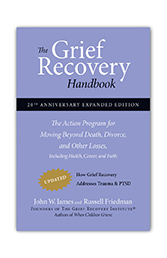
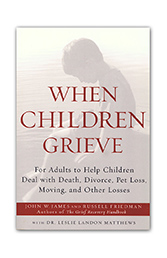
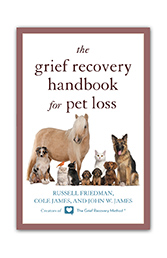
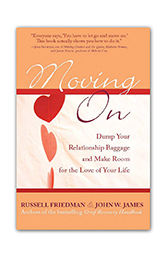
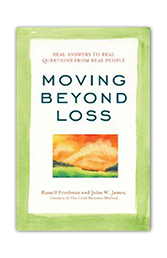
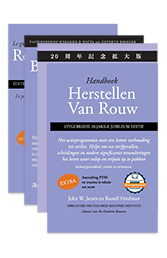





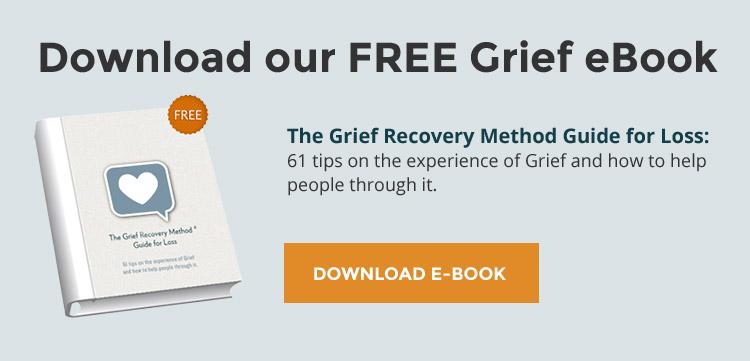
Add new comment